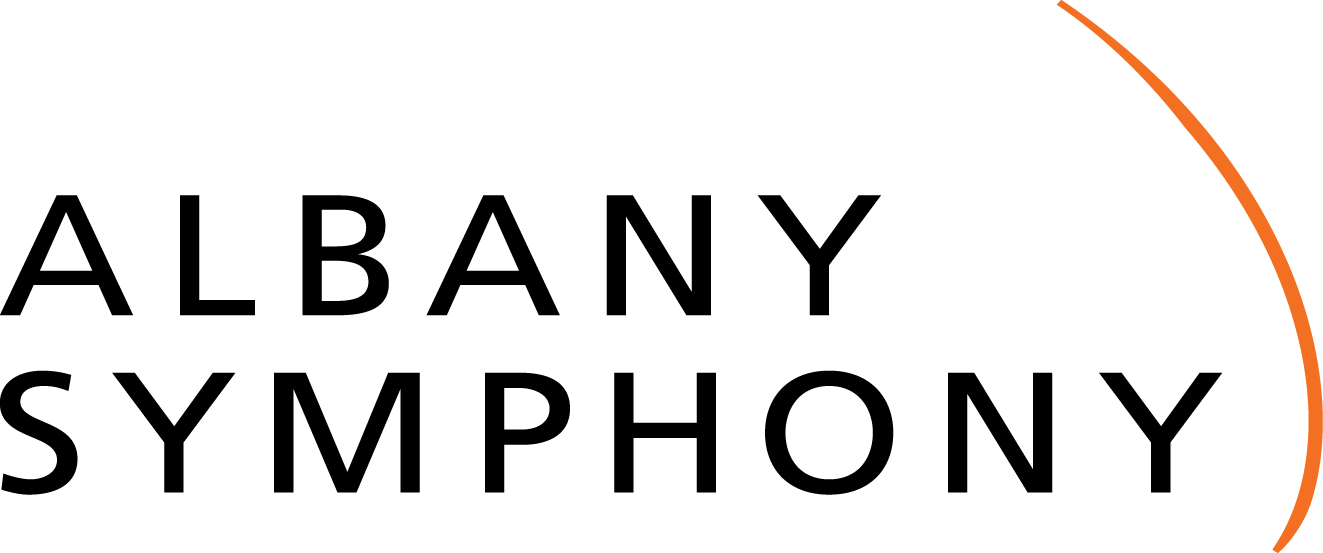MUSTARD SEED ?
by Judith Ciccio (President, Vanguard-Albany Symphony)
Vanguard is a volunteer organization formed in 1963 to raise monies in support of the Albany Symphony. It has held multiple fundraisers over the years, but is probably best known for the annual Vanguard Showhouse, which started in 1980. Rethinking alternatives due to COVID-19, we are currently hosting an online drawing with many interesting and unique items from September 4 – 25, 2020. Check this site out for your special treasure, while also supporting our brilliant symphony!
We know about mustard, but what about mustard seed? What are it’s uses, and where does it comes from? Perhaps less well known than our familiar prepared mustard, it comes from the same source – the mustard plant. There are several varieties of the mustard plant, each providing a different color seed. The Brassica Nigra produces black seeds which are popular in the Middle East and Asia and used in many Indian dishes, the Brassica Juncea gives us brown seeds used in brown mustard, and the Sinapis Alba is the source of white seeds which are used for prepared mustard. It is grown around the world, including India, Pakistan, Canada, Nepal, Hungary, Great Britain and the US.
Mustard seeds and leaves can be used medicinally as well as in food preparation. Remember those “mustard seed plasters” ? - or ever heard of a mustard seed foot bath to treat stubborn colds, sudden chills, and poor circulation? They are also reported to have antibacterial, anti fungal, and anti emetic properties.
All parts of the mustard plant are edible, including the flowers, the seeds, and the leaves. Each is used differently. The flowers can be tossed in a salad for some “peppery pizzazz”, or dried and used as a saffron substitute. The seeds can be made into mustard oil or prepared mustard, or used in pickling and relishes, or added to beef, chicken, or seafood dishes for a tangy flavor. The leaves are eaten as mustard greens. Mustard is warming and stimulating to the digestive system, makes food tastes better, and aids in the digestion of your food.
One of my favorite uses for the mustard seed is pickling. Passed down from my Mom, who was 109 years young (not a typo), when she died, is one of my favorite recipes for preserving pickles from the summers’ bountiful harvest, to have throughout the winter. They are delicious, super easy to do, and unbelievably crunchy, even though they are kept in the freezer. They rivaled her former pickling recipes where food had to be processed under boiling water to preserve and took much more time.
FROZEN PICKLES
Ingredients:
7 Cups thinly sliced cukes (Kirby’s are the best, need 8 or 9), but I’ve used others.
1 Tbsp. Kosher salt
1 Green pepper, sliced
1 onion, sliced in rings
Combine these four ingredients and let sit for 2 hrs, mixing occasionally
Meanwhile make the brine and cool.
Brine:
1 Cup white vinegar
2 Cups sugar
1 Teaspoon celery seed
½ Teaspoon mustard seed
Combine ingredients, boil gently 2-3 minutes, cool
After cucumbers have sat for 2 hours, rinse and drain.
Pour the cooled brine over the cucumbers, mix well, and refrigerate for 2 or 3 days, being sure to stir them each day.
Place in freezer safe jars and, Eureka! – unbelievably tasty pickles this winter! Enjoy!



